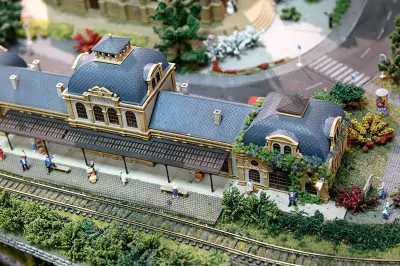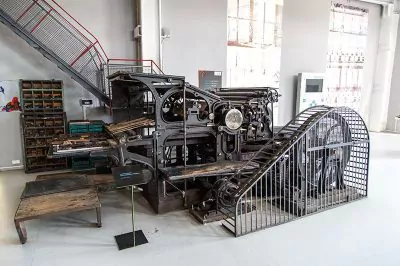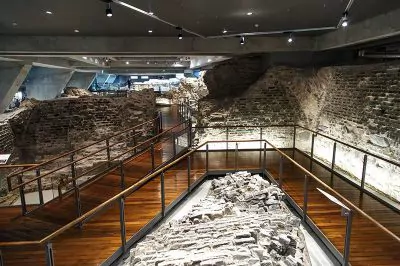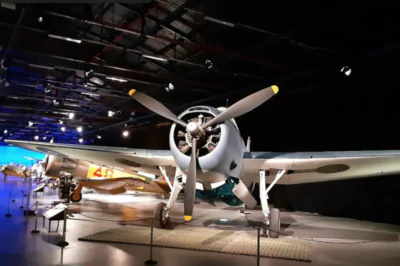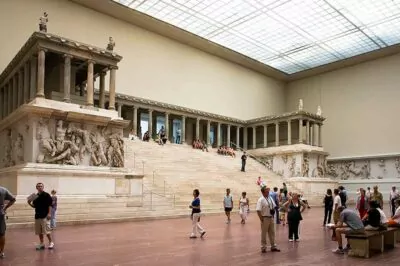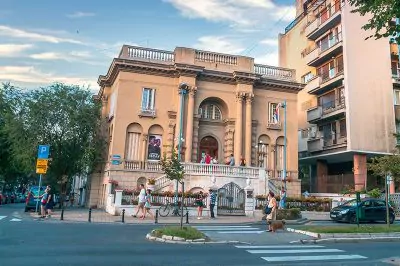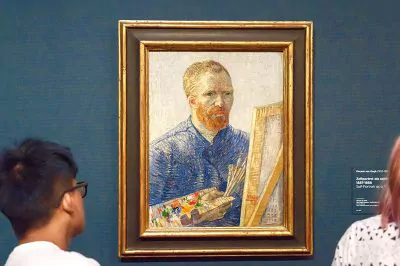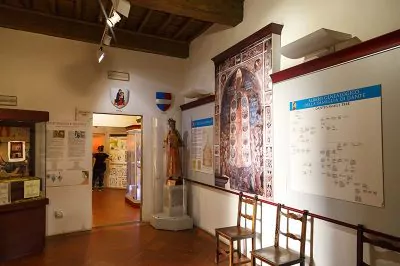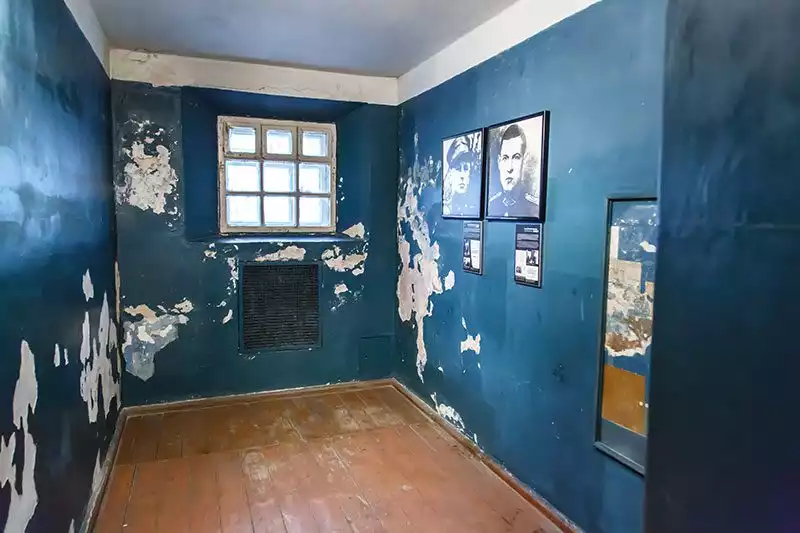
Vilnius KGB Museum: Full of Tragedy
The KGB Museum, one of the most tragic places in Lithuanian history, was opened to visitors in 1992. This museum shows visitors the difficulties Lithuania faced on the road to freedom.
After the invasion of the Soviet regime, between 1941 and 1991, many people who resisted this regime had to meet these cells, which provided very harsh conditions here, like many cities under Soviet rule. Some of the people who refused to accept themselves were exiled to the far reaches of Siberia.
After the Soviet Union left Lithuania, the KGB opened it as a 3-story museum without making any changes so that everyone could hear this 50-year pain left by the KGB.
On the lower floor of the museum, there are rooms of KGB officers and prison cells. The lower floor of the KGB Museum, also known as the Jenosid Kurbanian Museum (Museum of the Victims of Genocide), is a place where hundreds of thousands of people were tortured, exiled and killed. A lot happened here. After 1958, the rooms, which were called interrogation rooms, were formerly known as NKGB – MGB – KGB prisons.
In these small rooms, arrested prisoners were stripped of their clothes and their bodies were searched. All buttons were cut off, belts and shoelaces were removed, photographs were taken of them with full frontal and lateral views and fingerprints were taken.
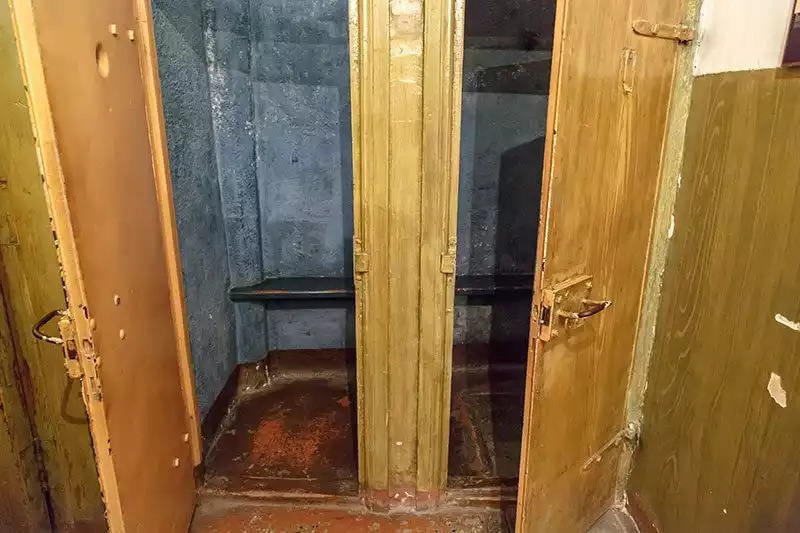
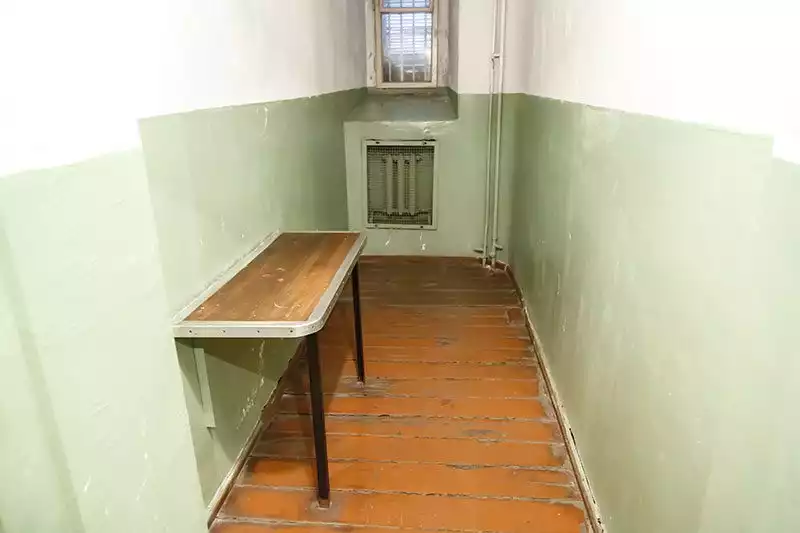
The next room is for the guards and guards. This room has the ability to activate the alarm system. At the same time, in 1975, a system was installed together with the alarm system, allowing them to communicate with other offices.
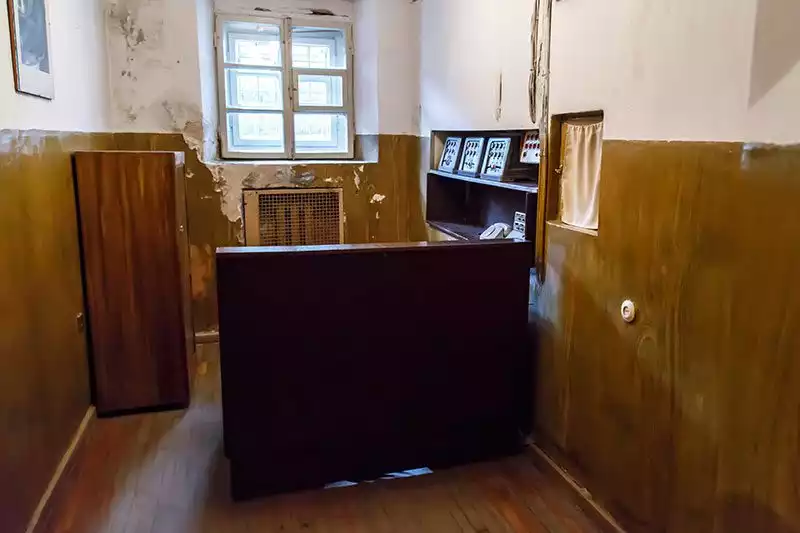
Below you can see a photo of a prisoner named Antanas Terleckas and his prisoner card.
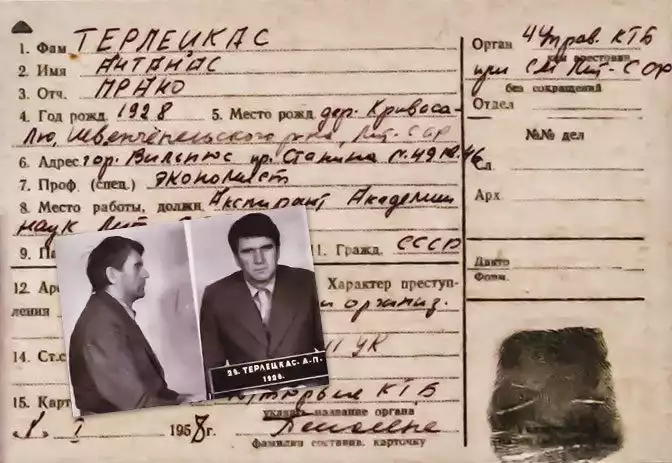
Most of the documents kept during the Soviet regime were either burned, damaged or taken to Russia in 1988 – 1991 by KGB leaders in order to destroy their work. Several recovered criminal files and KGB documents are in Lithuania’s private archives.
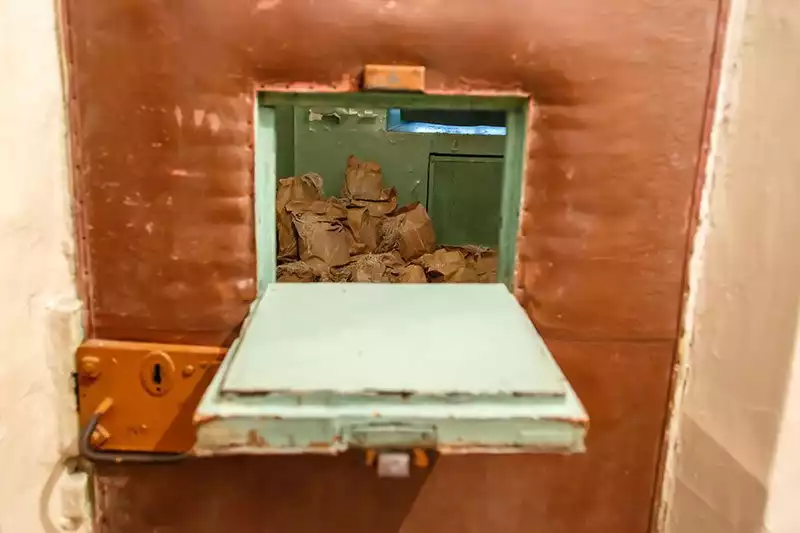
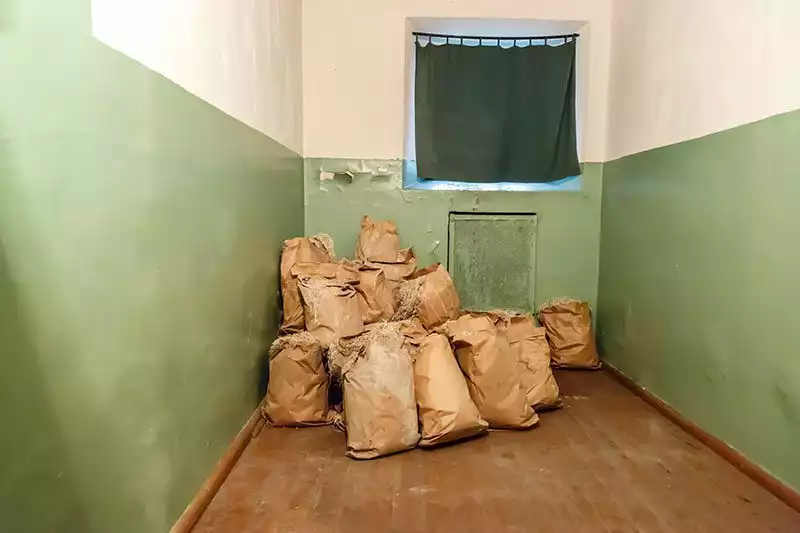
The tiny, unfurnished cell you see below held up to 20 prisoners, who had to sleep in their clothes in a room where the light was on 24 hours a day. Humidity was the main problem in each room.

Political prisoners in very small cells were allowed to bathe once a month during the war. Later, when they were allowed to bathe once a week, they had to bathe at the same time. It was a source of amusement for the staff to turn the water hot and cold. They were also allowed to go to the toilet once a day collectively.
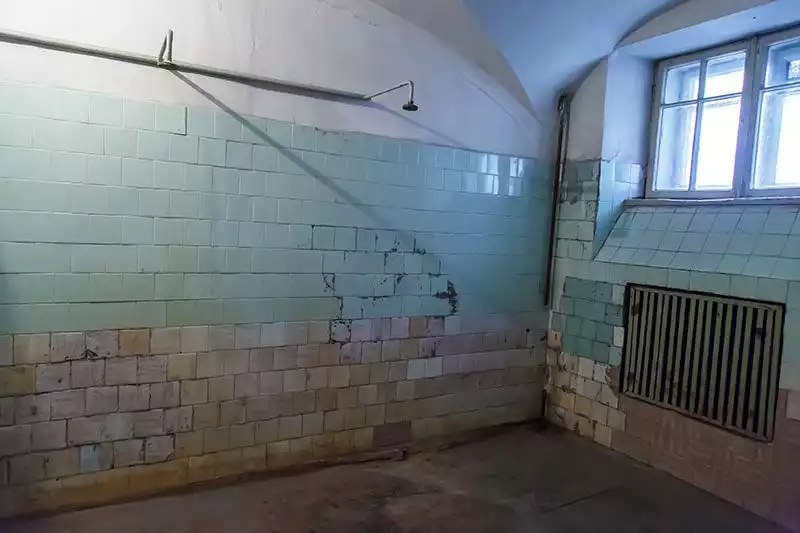
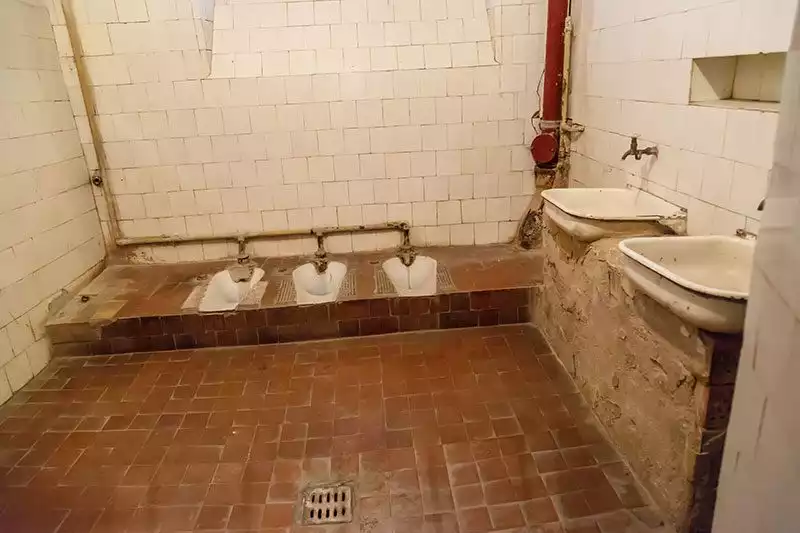
The prisoners would fall into the water after enduring as long as they could on the iron ledge in the center of the cell, which was shaped like a pool with ice-cold water underneath. It is impossible to sleep in this cell. In Lithuania, which is already cold, the prisoner is taken out of these specially built rooms and tortured by being subjected to hot water.
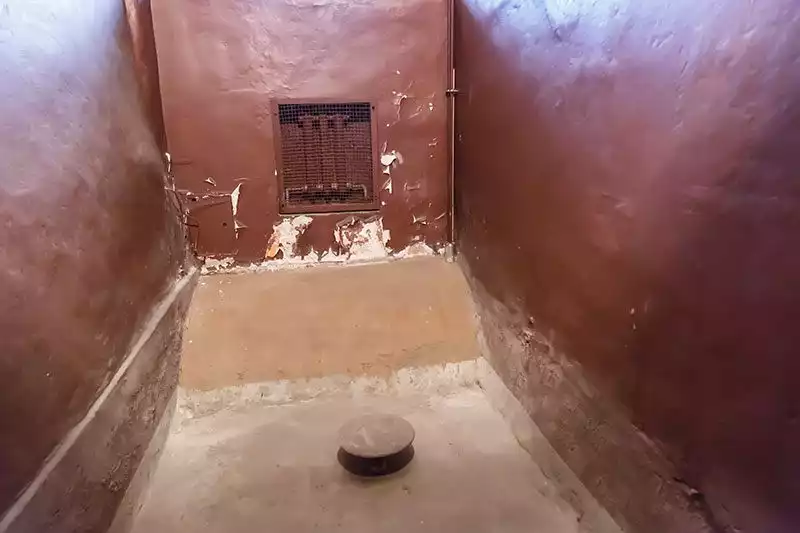
People who want to be killed are subjected to unimaginable tortures. Some are killed with a press, some with an axe, and the rooms where people are staying are covered with pain.
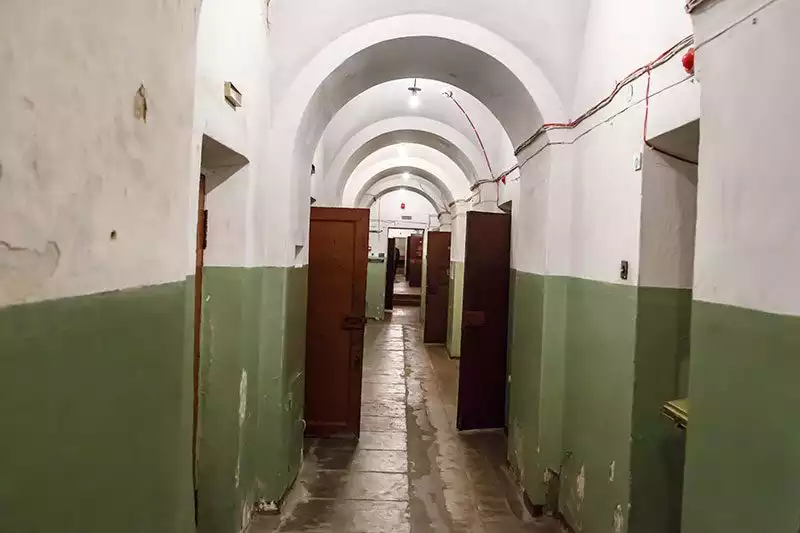
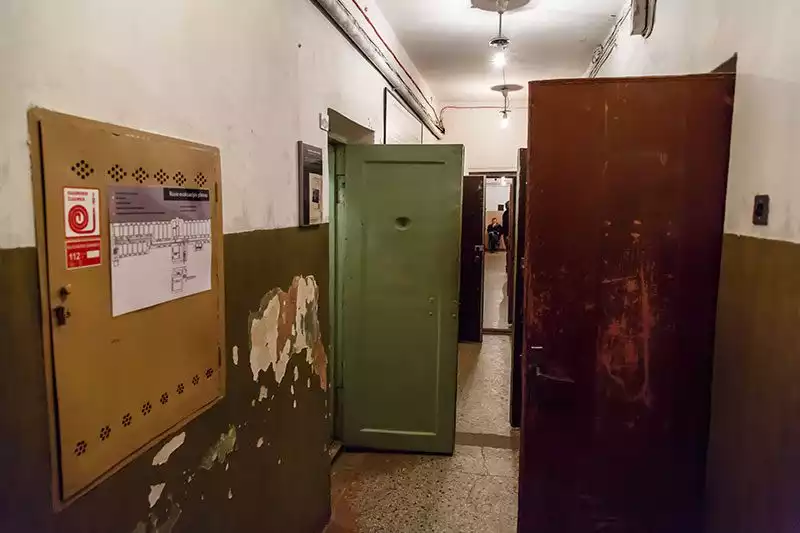
Another cell with very good soundproofing. In this special room, which was built so that the cries and screams of the prisoners could not be heard, if the prisoner resisted the guards, they would make him wear the black colored straitjacket in the room to immobilize him.
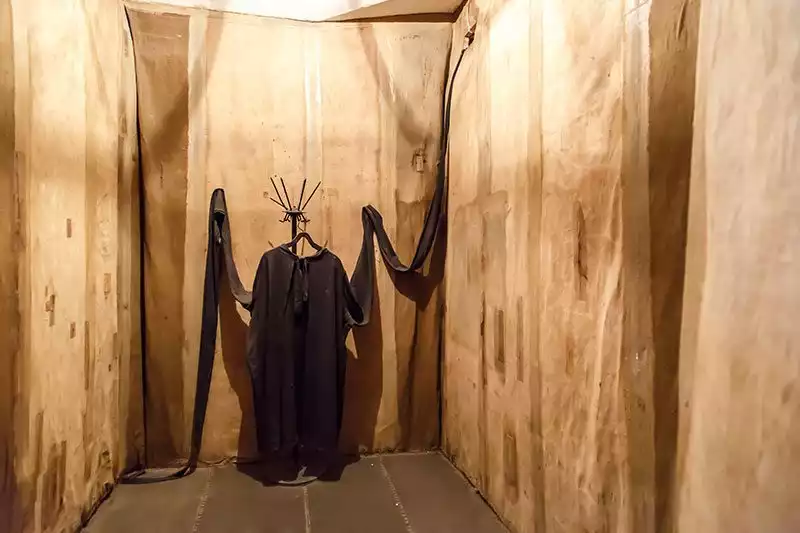
On the upper floors there are texts describing in chronological order the periods of the Soviet regime’s influence on Lithuania. Behind them, photographs and artifacts from the days of the Soviet regime’s repression are on display.
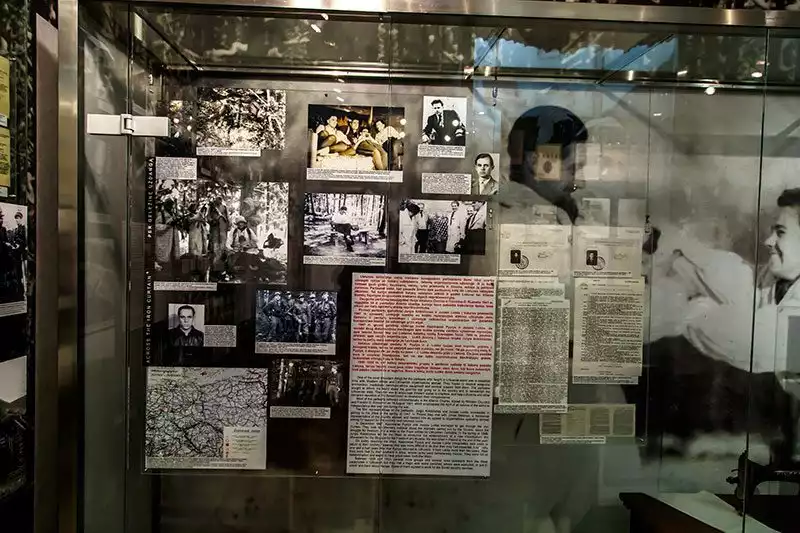
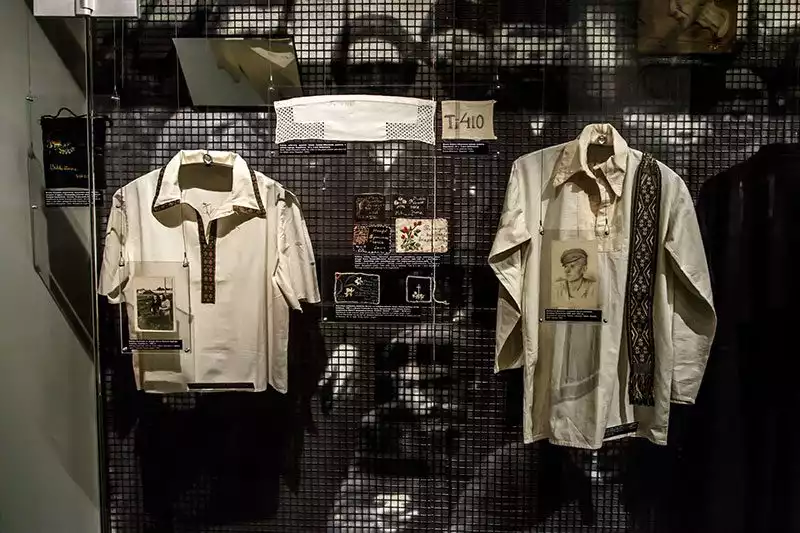
In general, the introduction proceeds in the form of photographs and narratives, and it is also possible to see cartoons about the repression of the regime at that time.
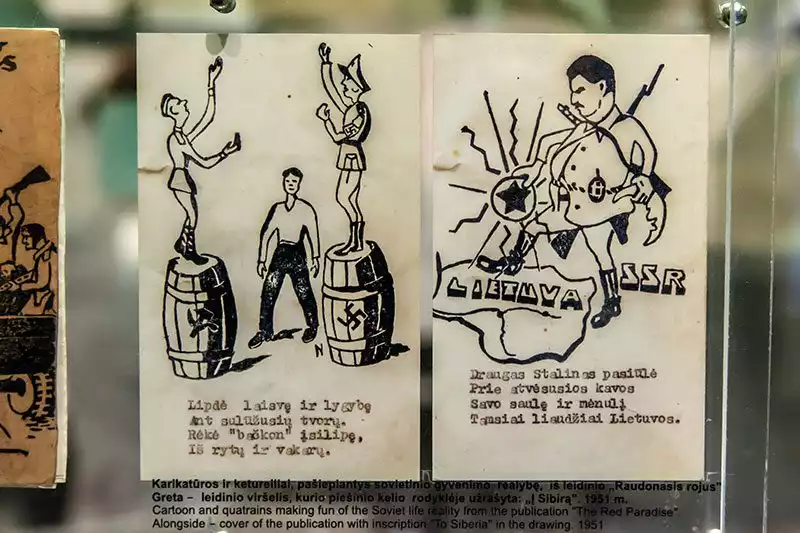
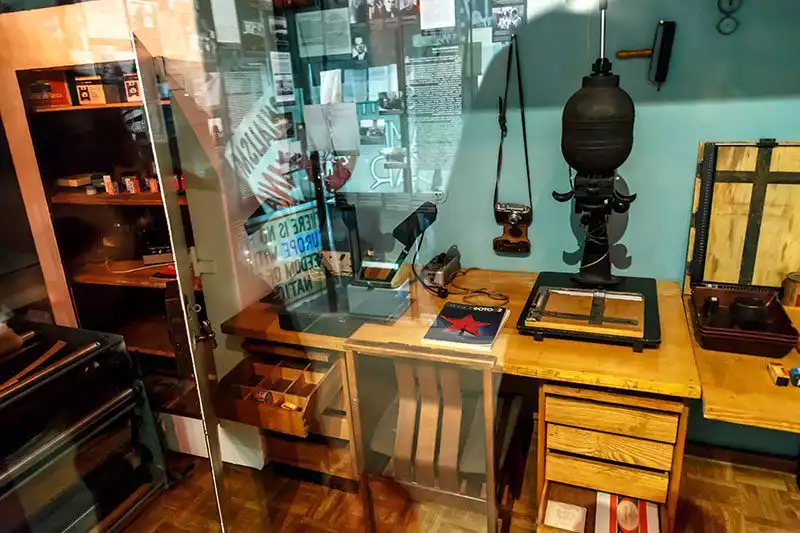
The KGB Museum, which has an excellent archive in terms of collection, coincides with an era of advanced communication technologies.
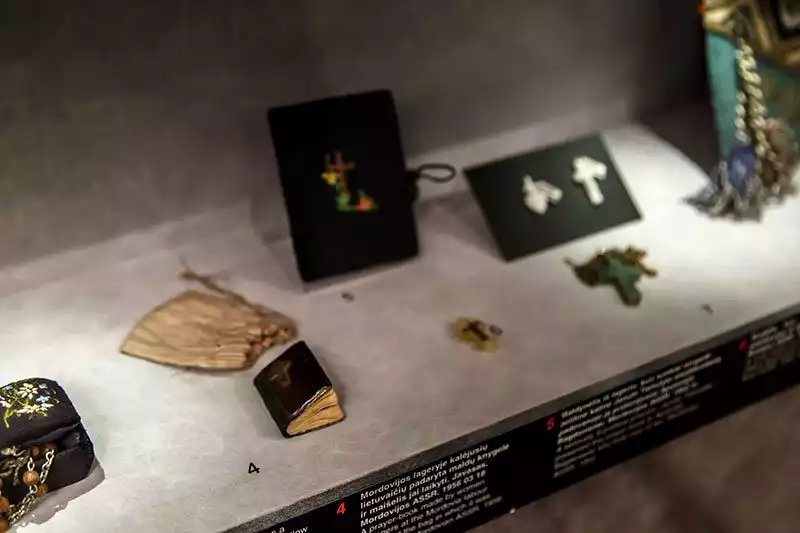
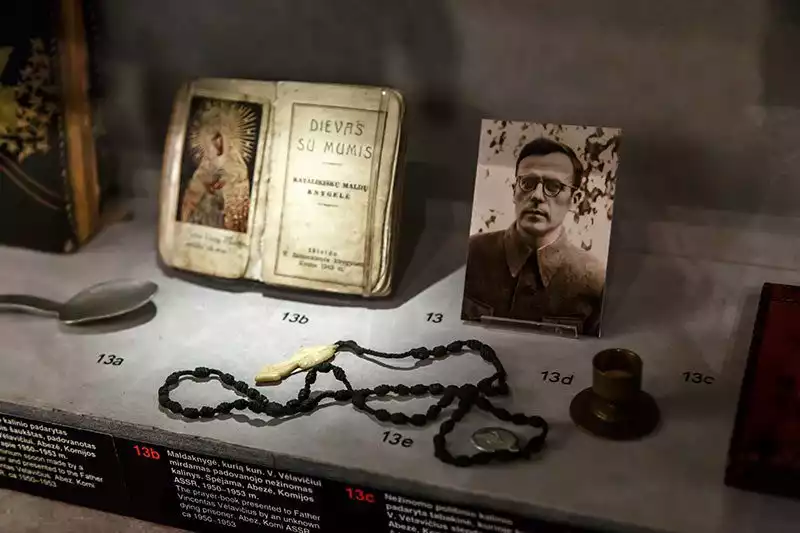
There are two monuments in the garden of the building. One of them is a monument erected in memory of the people deported to Siberia. The other is a monument created by stacking stones brought from various points in Lithuania.
The KGB Museum is a museum that must be seen and experienced. It makes you question your life again.
